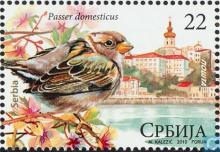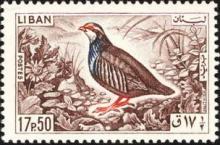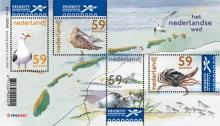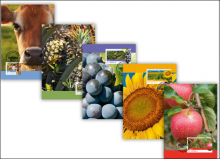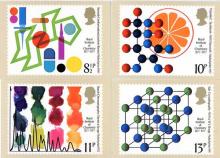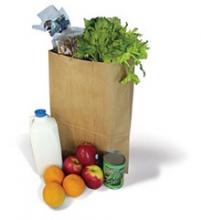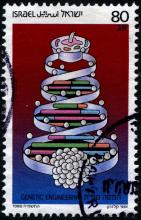Huismussen werden nog maar in 52 procent van de Vlaamse tuinen geteld, het laagste cijfer ooit
Op 2 en 3 februari 2013 telden 14.000 deelnemers meer dan 518.800 vogels in hun tuin. Jarenlang was de huismus (Passer domesticus) de meest getelde vogel in Vlaanderen, maar dat is niet langer het geval. In 2005 kwam de vogel nog voor in 65 procent van alle tuinen, dit jaar nog in amper iets meer dan de helft (52 procent). Reden voor de achteruitgang van de huismus is het gebrek aan voedsel en nestplaatsen. Vooral in de (binnen)steden doen de mussen het slecht. Op plekken waar de vogels zijn verdwenen kan het bovendien jaren duren voor ze terugkomen.

